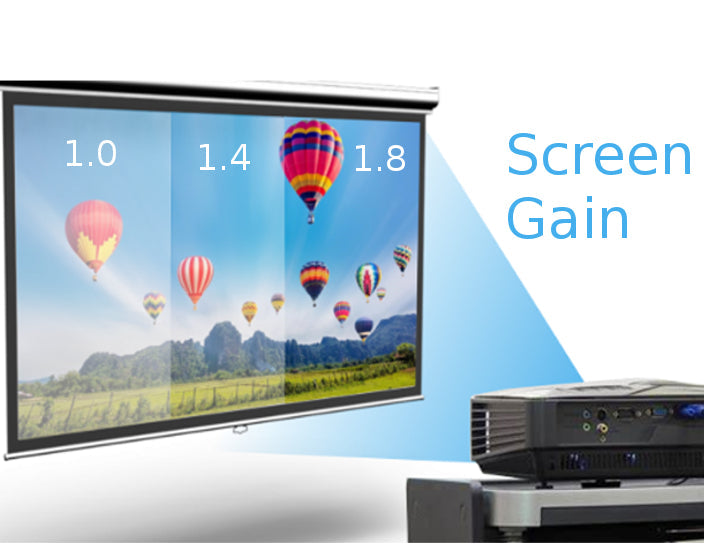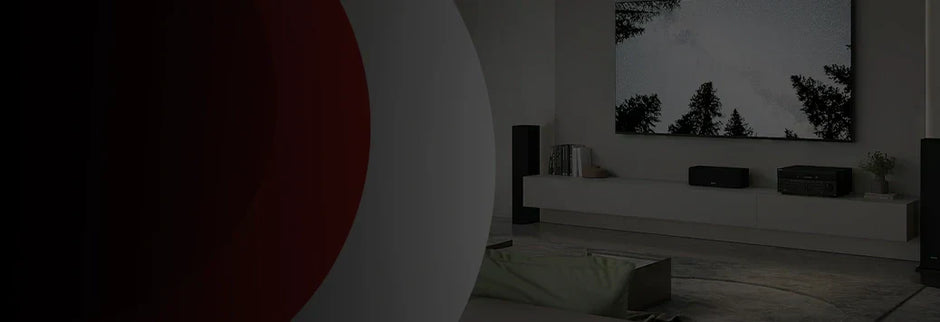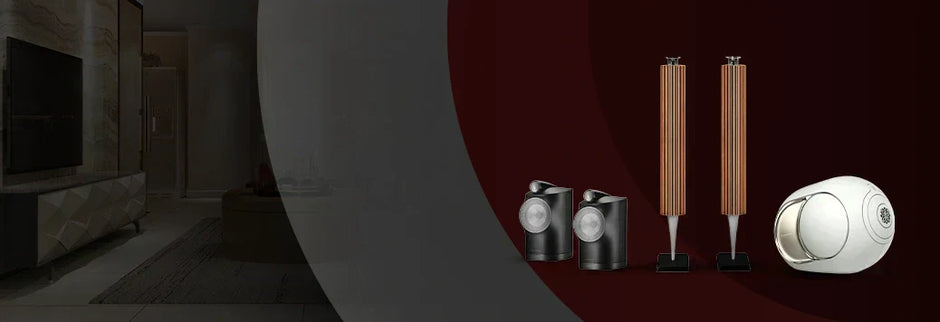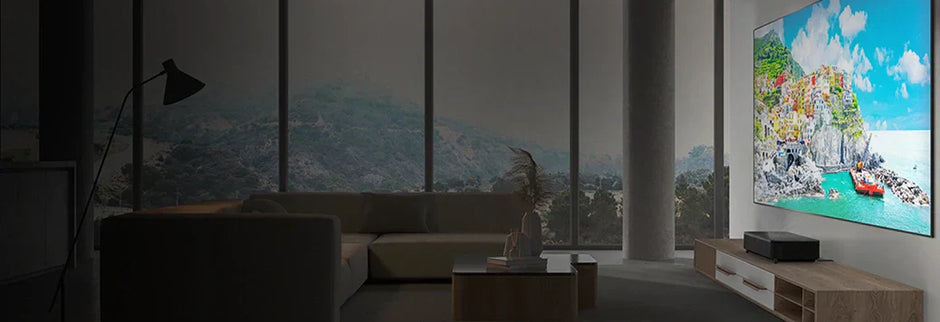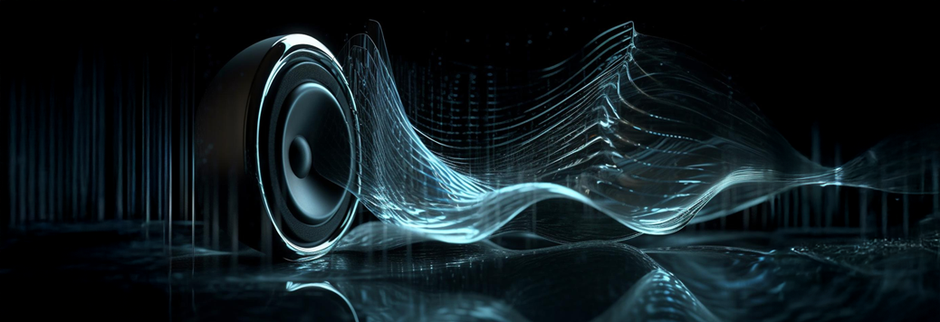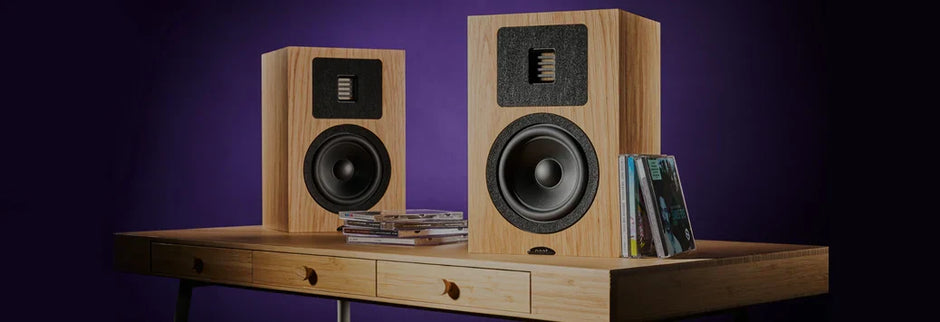
Selecting the best projector screen is clearly important, but you need to factor in what type of screen you actually require.
You’ve perhaps come across the term “screen gain”, but mostly, there is less clarity on what it means. Although it might appear to be perplexing, it’s not rocket science. Learning about what screen gain will further help you to select the right screen that’s compatible with your projector.
The screen surface you choose is of great significance, especially when you want to see the projected image clearly. So, let’s dive into what all is there to know about screen gain.
Screen Gain Explained
Screen gain is the brightness of the image that you’re projecting, which is determined by the projector screen’s surface. It is a measurement of the reflectivity of the screen at a zero degree viewing angle, which is directly in front of the screen itself.
Screen gain is an indication of how many lumens the image you’re viewing on the screen is. For instance, if you have a screen gain of 1.0, and a projector that has 3000 lumens of brightness, then the image that you’re going to see is 3000 lumens in brightness.
Every screen material on the market has a gain factor. This is an important specification for any screen.
So the bifurcation of the screens can be termed as "low gain" and some are "high gain." Most white home theatre screens are low gain, and carry ratings in the range of 1.0 to 1.3 gain. Some of today's grey ambient-light-rejecting screens are rated as low as 0.6 gain. High gain screens go up to 4.0 or beyond.
What do these numbers mean in terms of your viewing experience?

Gain is a measurement of the reflectivity of any screen or projection surface. The gain number is a representation of a ratio of the light that is reflected from the screen as compared to the light reflected from a standard white (magnesium oxide) reference board.
Therefore, a screen with a gain of 1.0 will reflect the same amount of light as that from a white board. A screen rated at 1.5 gain will reflect 50% more light as that from a white board, whereas a grey screen with an 0.8 rating will reflect 80% of the light from a white board.
It is essentially a trade-off between brightness and the size of the optimal viewing window.
Gain is measured from the vantage point where the screen is at its brightest, which is directly in front and perpendicular to the screen—that is, right at the centre "sweet spot." The measurement taken at this point is known as Peak Gain at Zero Degrees Viewing Axis.
If you move to the side and view the screen at an angle, the brightness of the projected image starts to drop off. The angle at which the gain reading drops to 50% of the peak value is known as the Half Gain Viewing Angle. A person viewing the screen from this angle will see an image half as bright as the person seated at the centre position.
Not sure whether you should opt for a high gain or a low gain screen?
Let’s look at some of the benefits and drawbacks of using a high or low gain screen.
Benefits
- The main benefit of a high gain screen is that it’s going to be highly visible, especially in brighter conditions with a lot of ambient light.
- With a higher gain screen, you’re going to get less light reflected back off of the walls and the ceiling of your home theatre.
- If you have a low lumen projector, then a high gain screen could be all that you need to make it visible in darker conditions.
Drawbacks
- Usually, screens that have a higher gain tend to have a lesser viewing angle. This means that you need to be directly opposite the screen to take advantage of its brightness, and it’s not great for large groups.
- The brighter your screen, the more likely you are to experience a phenomenon known as hotspotting. This is where the centre of the screen is bright, and the outsides of the screen are darker.
- With some high gain screens, they don’t reflect colours back particularly well. This isn’t always true, but it’s often the case.
What to settle for - high gain or low gain screen ?
If you’re looking to project outside or in daylight, then a high screen gain is an apt choice for you to project enough light to be displayed clearly.
If you’re always watching films in a darker condition, then a neutral or even a low gain could be the best alternative. It is all contingent on the environment you’re going to be setting up and using your projector screen.
We hope this provided you with an insight about the concept of screen gain for projector screens. However, should you have any further questions, our Team of experts at Ooberpad will be happy to assist you.

